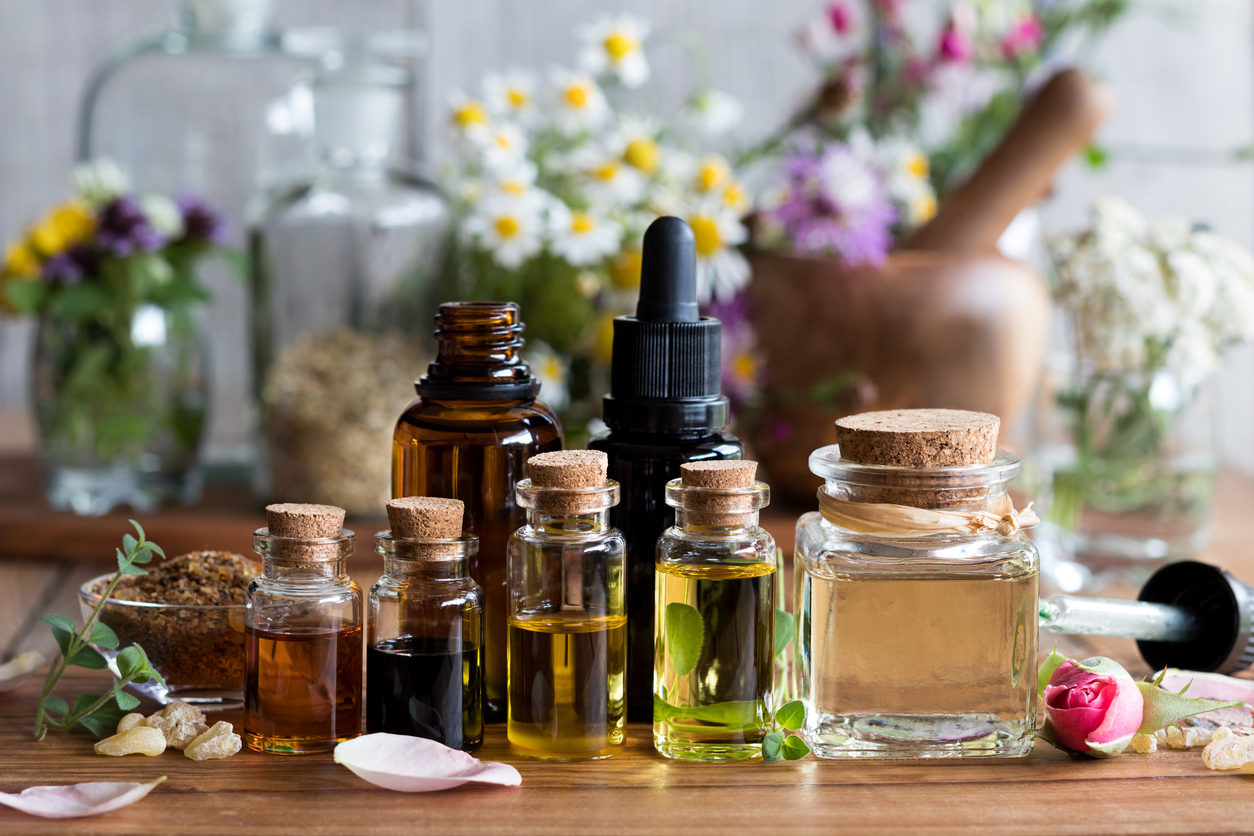Creating a unique perfume from scratch using DIY crafting skills is an exciting and rewarding process that allows you to express your personal style and creativity. Designing a fragrance involves selecting the right blend of ingredients, understanding the structure of a perfume, and learning how to balance different notes to create a harmonious scent. Here’s a guide to help you craft your own signature perfume at home. The first step in perfume-making is understanding the basic structure of fragrance. Perfumes are typically made up of three layers of notes: top, middle or heart, and base notes. The top notes are the first scents you smell when you apply a perfume and tend to be light and refreshing, such as citrus or herbal fragrances. The middle notes form the heart of the perfume and are typically floral or spicy. The base notes are the foundation, providing depth and longevity to the scent, and are usually rich and warm, such as vanilla, musk, or woodsy elements.

Once you have a basic understanding of the structure, it is time to gather your ingredients. Essential oils are the primary materials used in crafting perfumes. These oils are extracted from flowers, fruits, spices, herbs, and woods, and each has its own unique scent profile. You can purchase pre-made essential oils or, for a more adventurous approach, distill your own oils at home. You will also need a carrier oil, such as jojoba or fractionated coconut oil, to dilute the concentrated essential oils, making them safe to apply to the skin. When you begin mixing your perfume, start with small quantities to test the combinations before making larger batches. Begin by adding a few drops of base notes into your mixing container, followed by the middle notes and finally the top notes. The key to a great perfume is balance, so ensure the top notes are not overpowering the heart or base notes. A typical ratio is 30% top notes, 50% middle notes, and 20% base notes. You may need to adjust these proportions based on your preferences, but this is a good starting point.
Next, it is important to let the perfume blend age. After mixing, seal your perfume in a glass bottle and allow it to sit for a few weeks and find how to make your own perfume. This process, known as maceration, allows the oils to blend and develop, creating a smoother, more cohesive scent. During this aging process, the perfume may change and evolve, so do not be afraid to tweak it if necessary. Lastly, it is time to test your creation. Apply a small amount of perfume to your wrist and let it settle for a few hours to see how it wears throughout the day. If needed, make adjustments by adding more of a certain note or adjusting the proportions until you achieve the perfect fragrance. Creating your own perfume is a fun and fulfilling project that offers endless possibilities for customization. With some patience, practice, and the right materials, you can craft a fragrance that is uniquely yours and a reflection of your personality.